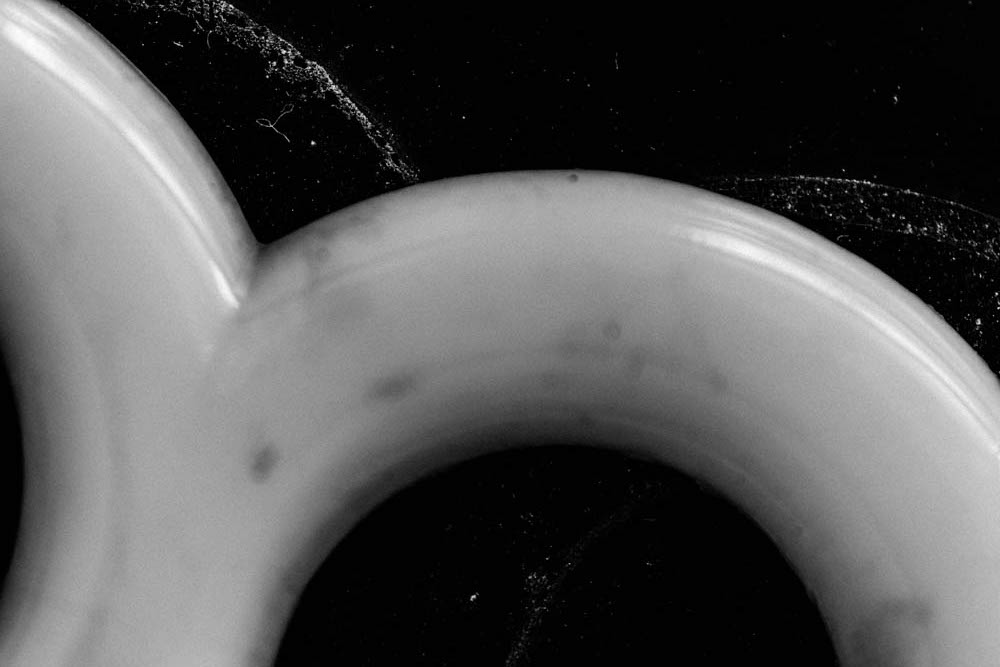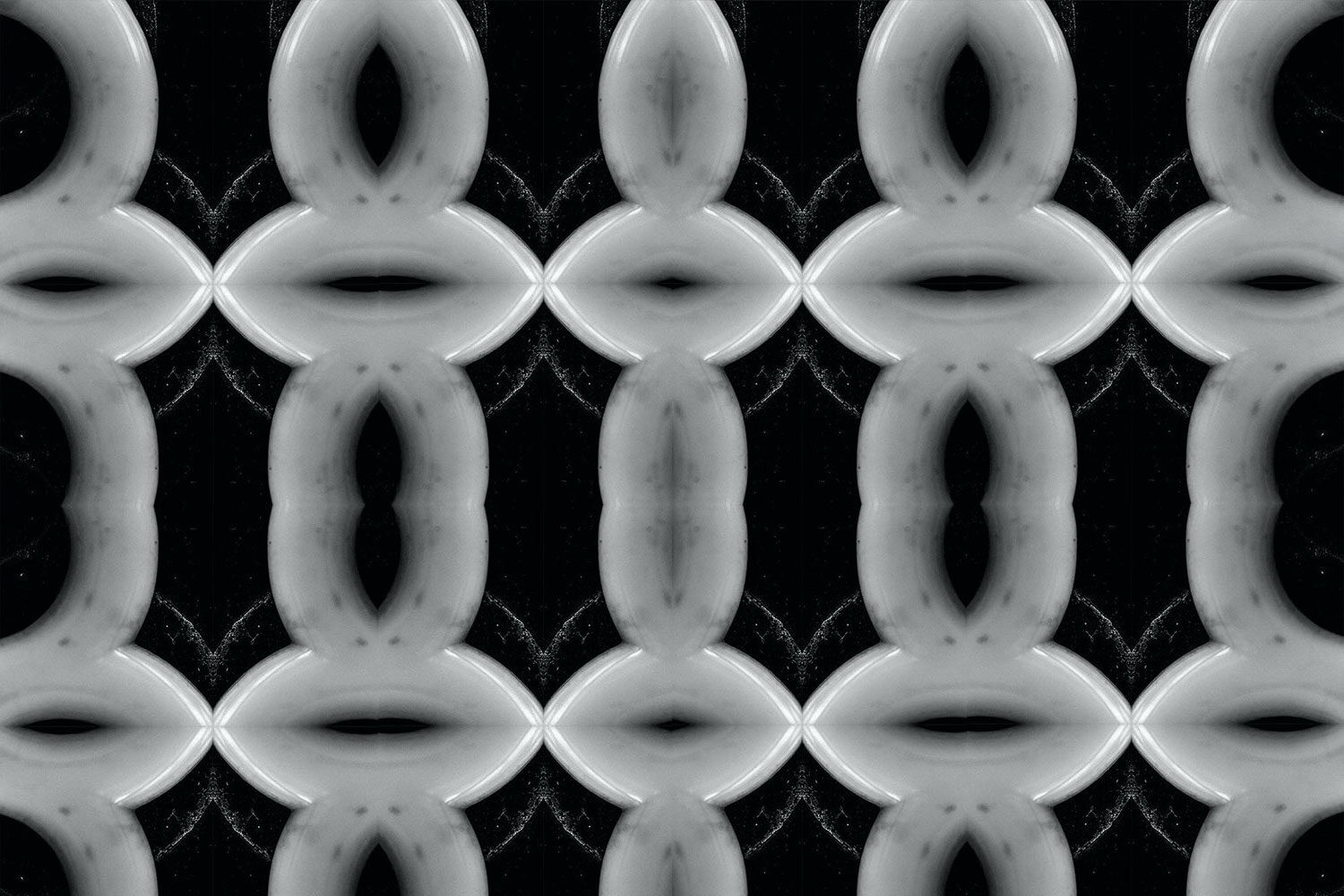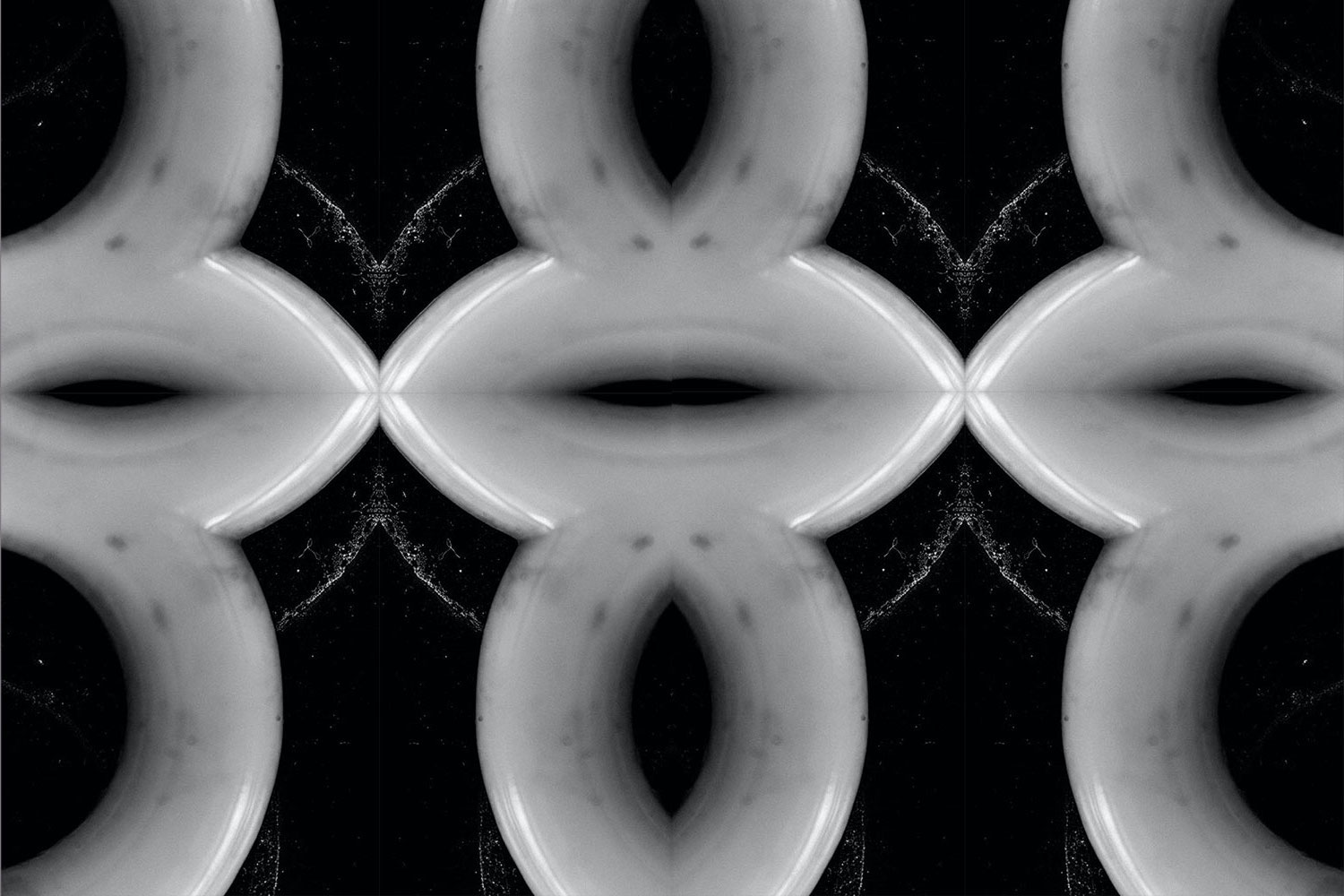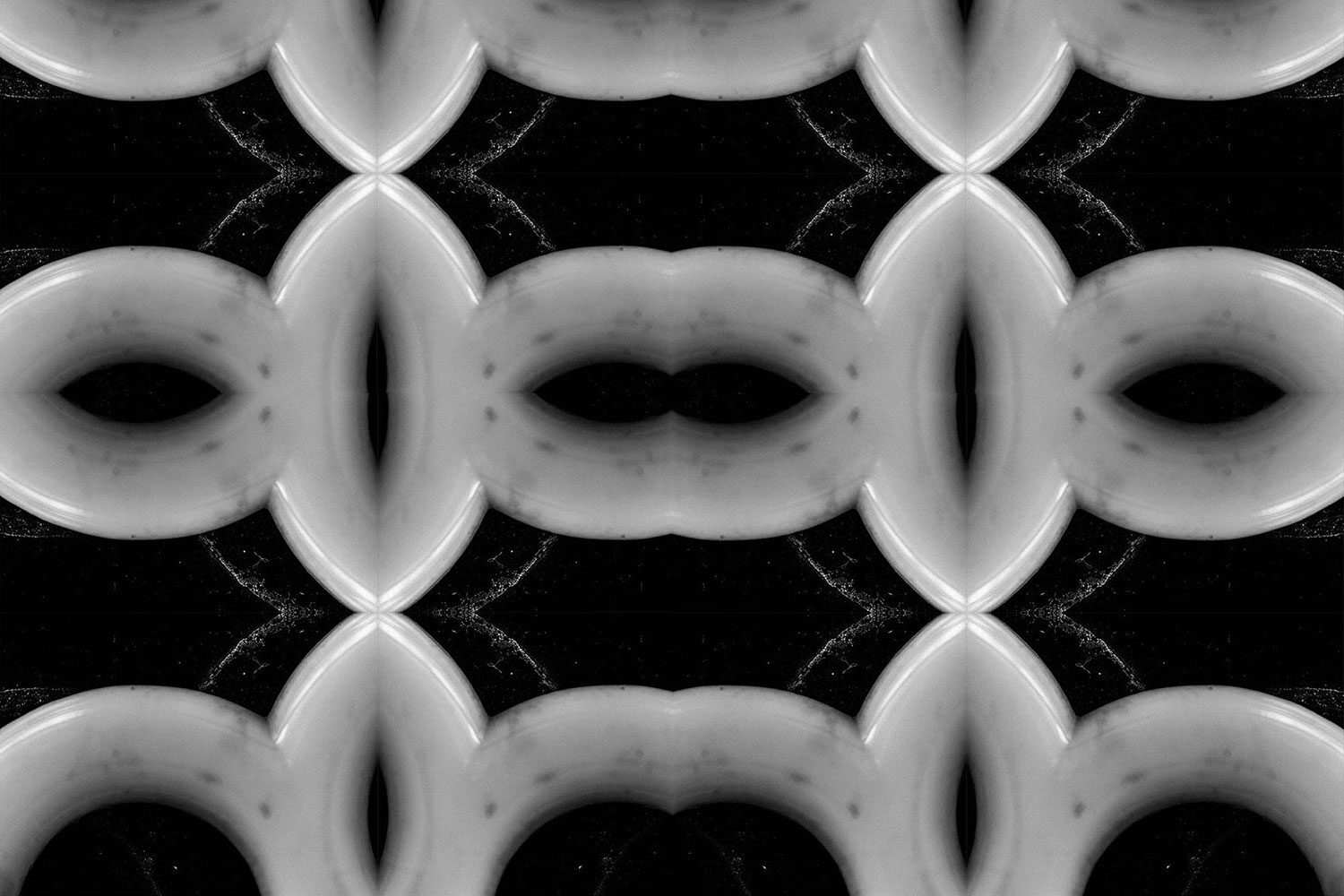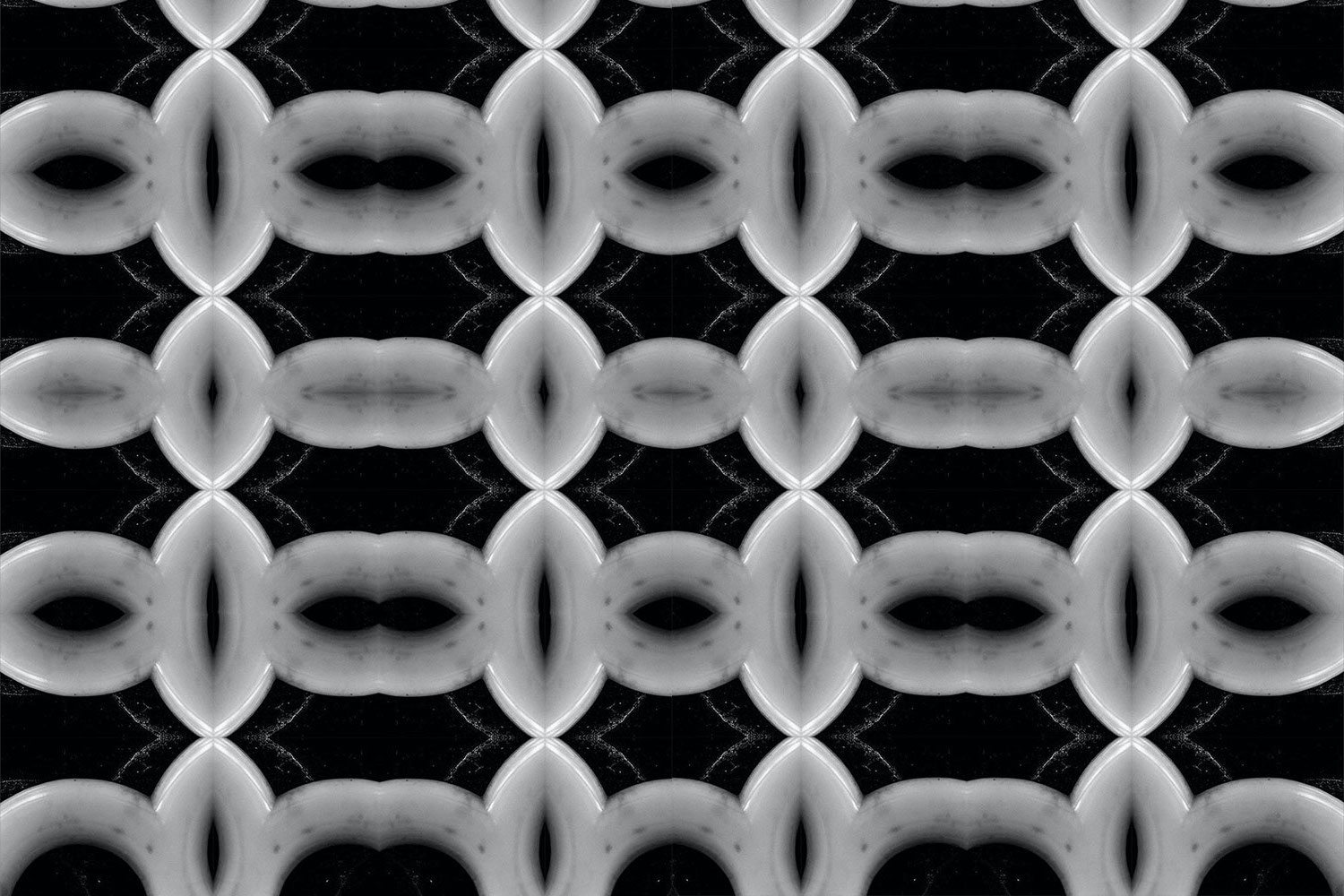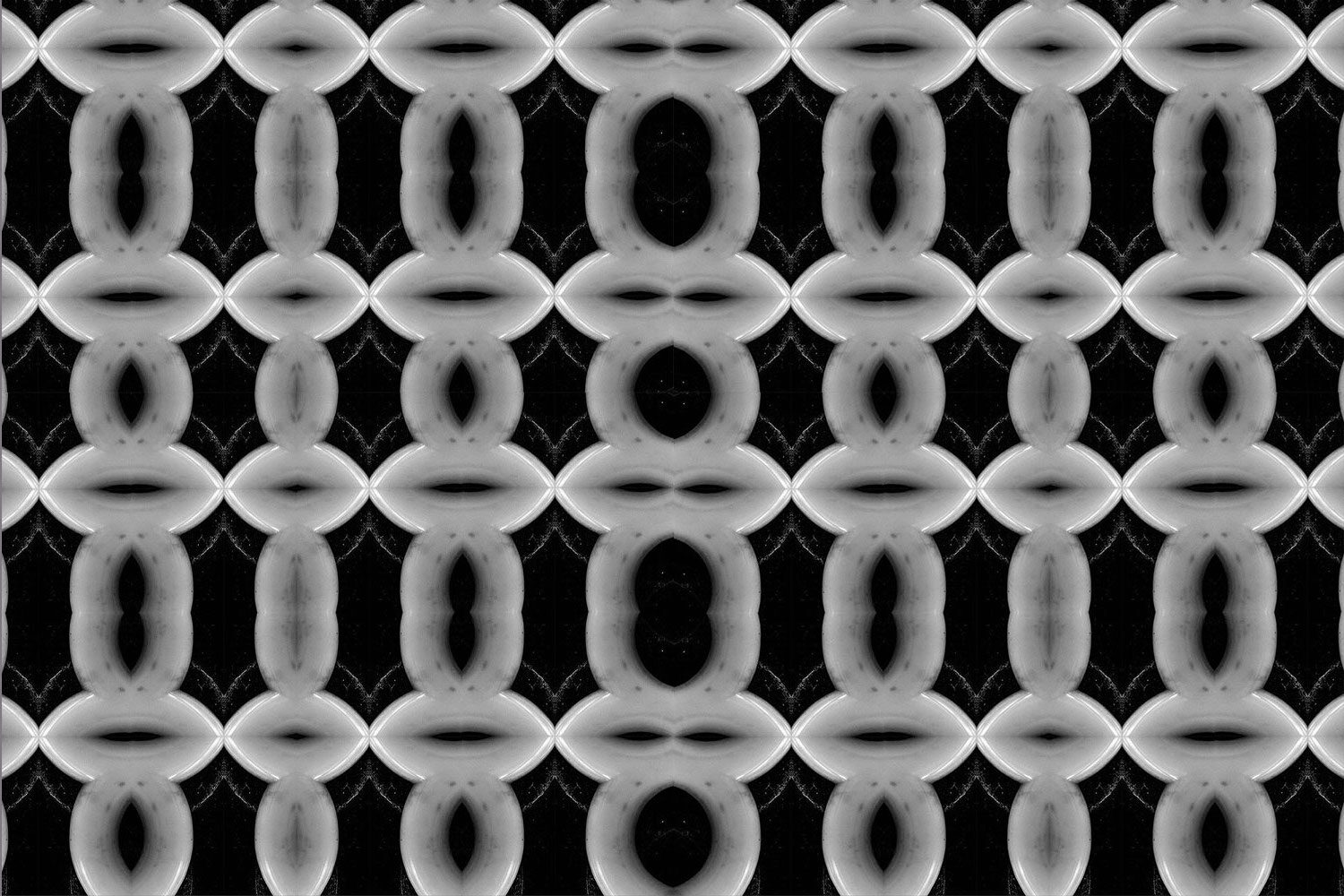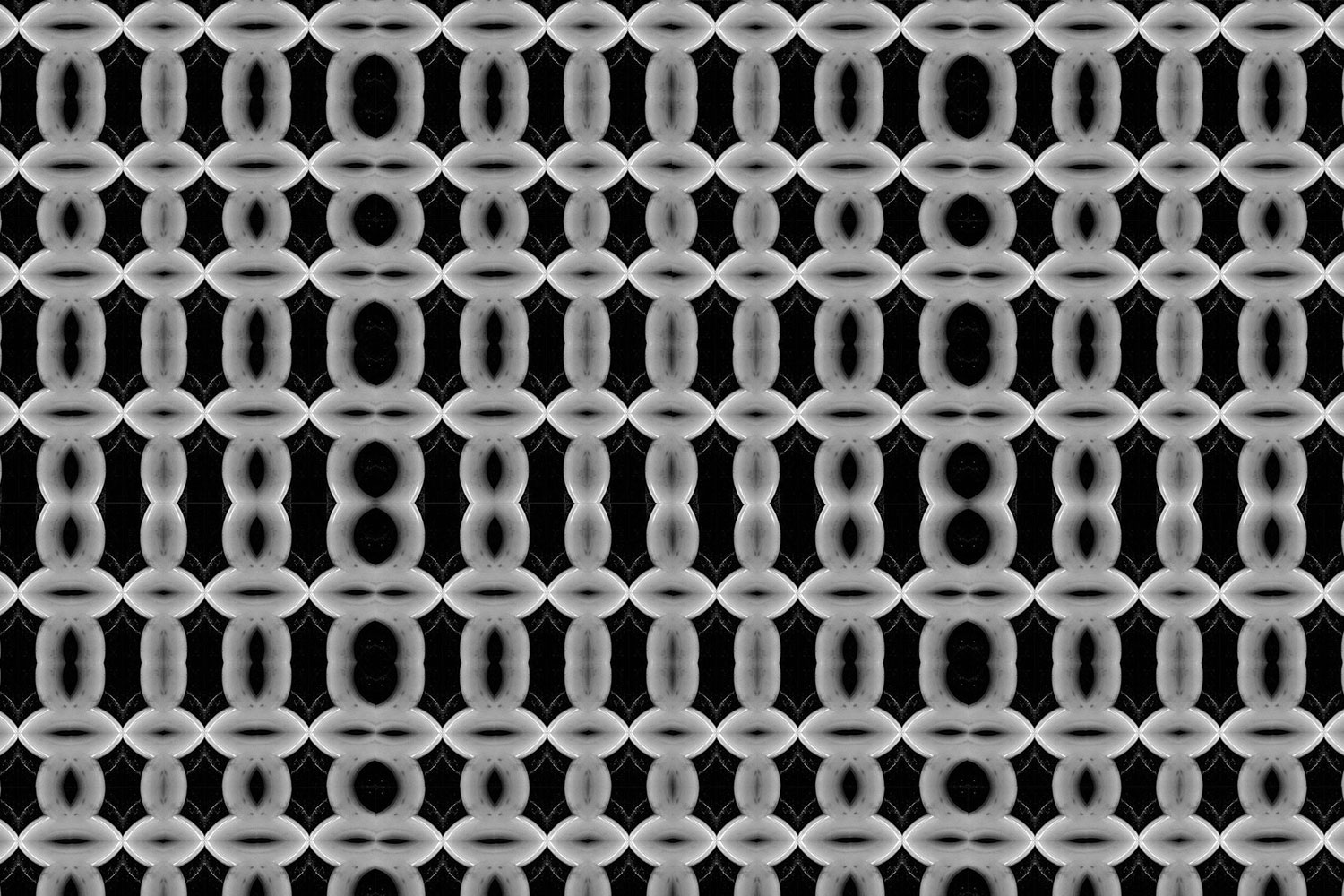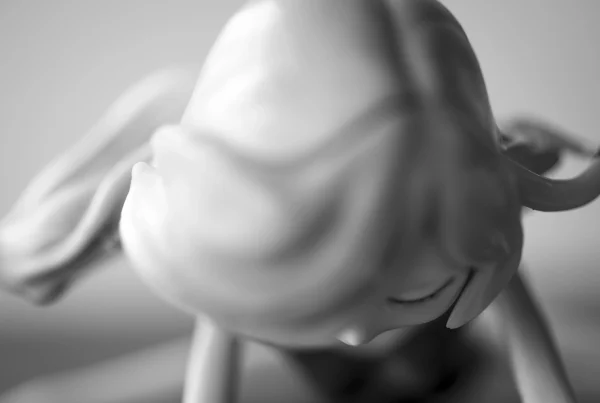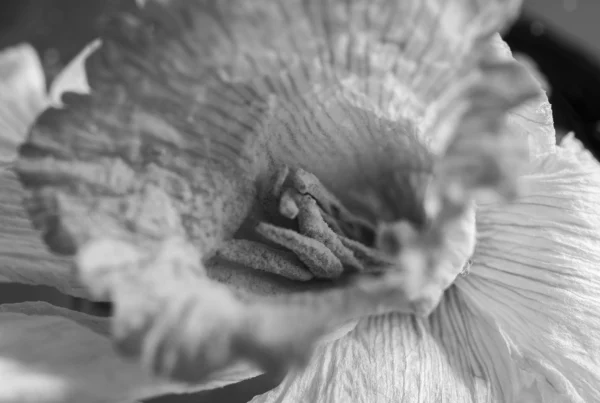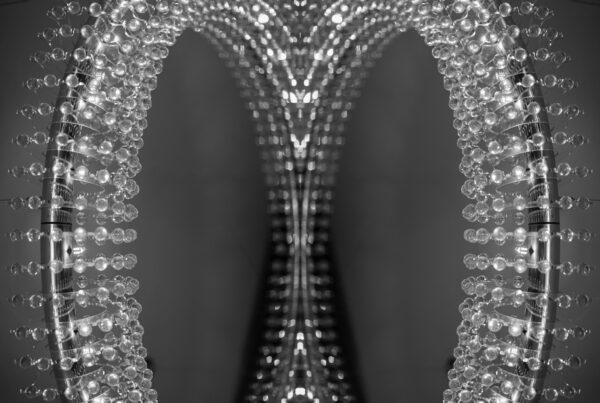Kaleidoscope Art Experimentation: Patterns Using the Number Eight
This post documents my process of experimenting with kaleidoscope art.
If you follow this blog or my accounts on social media platforms like Facebook and Instagram, you’ll know that my artwork practice often includes mirroring images. For this experiment, I began with a black-and-white photograph of the number eight, chosen for its symmetrical shape, which I thought would create an intriguing kaleidoscope effect.
The curated photographs show the progression of this experiment, where I mirrored the original image to form kaleidoscope patterns. While I initially believed the number eight would lend itself well to this style, the results were underwhelming. As the pattern developed, it became clear that the chosen subject wasn’t ideal for this technique.
Despite the less-than-stellar outcome, I decided to document the process here, as it marked my first attempt at creating a kaleidoscope pattern by mirroring an image multiple times. The experiment reached a natural conclusion when the pattern stopped evolving, and I lost interest in the subject.
In this case, there was a natural endpoint, the realisation that the pattern had reached its end. Furthermore, eventually, boredom set in and I no longer wanted to work with the subject matter.
How do you Make a Kaleidoscope Design?
For those interested in creating kaleidoscope patterns, Megan Kennedy has written an excellent Photoshop tutorial. Altenatively, for photographers who prefer in-camera experimenting, Jim Zuckerman offers insightful advice.
